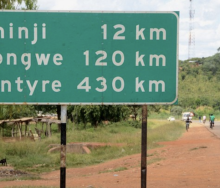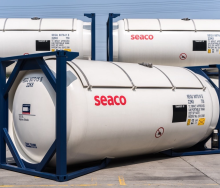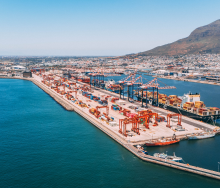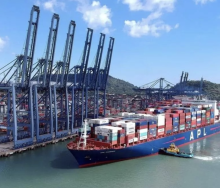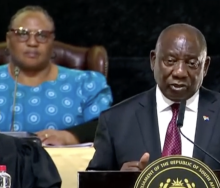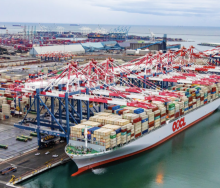Creating jobs and building local supplier industries through the Government’s massive infrastructure programme will be the hallmark of the country’s infrastructure spend, said South Africa’s Deputy Minister of Public Enterprises, Dikobe Ben Martins.
Martins, who is visiting China’s State-owned Assets Supervision and Administration Commission (SASAC) and a number of China Rail companies this week, said the Government infrastructure programme to upgrade rail and ports should benefit the people of South Africa through skills transfer and industrialisation of up-stream manufacturers.
“I think it’s important that while we implement the country’s massive infrastructure programme, we ensure that the benefits of the billions of rand poised to be spent accrue to local industries. This will create jobs for the majority of South Africans, particularly the youth.
“The possible investors and potential funders we met today are well aware of the country’s developmental imperatives and agree that the investments made should leave South Africa more technologically competitive with its global counterparts,” he said.
The meetings with potential Chinese funders and investors are part of the Deputy Minister’s week-long visit to Beijing and Shanghai, which started on Monday. He is leading a South African delegation to source potential funding for the country’s massive infrastructure projects.
The visit also aims to identify possible areas of cooperation and to promote the South African Government’s infrastructure programme, especially the Transnet Expansion and Eskom Build programmes. Identifying potential suppliers and funders is also key.
During a meeting with the Vice Chairman of China’s SASAC, Huang Shuhe on Monday, the two parties agreed to finalise the terms of the Memorandum of Understanding, which lays the foundation for the two Departments to share information and strengthen their cooperation in issues of mutual interest.
South Africa’s infrastructure programme over the medium-term includes the up-scaling of energy generation capacity and increasing investment to unlock bottlenecks in logistics and expand the freight rail transport network to lower the cost of doing business.
